Students on Creating a Space For Students
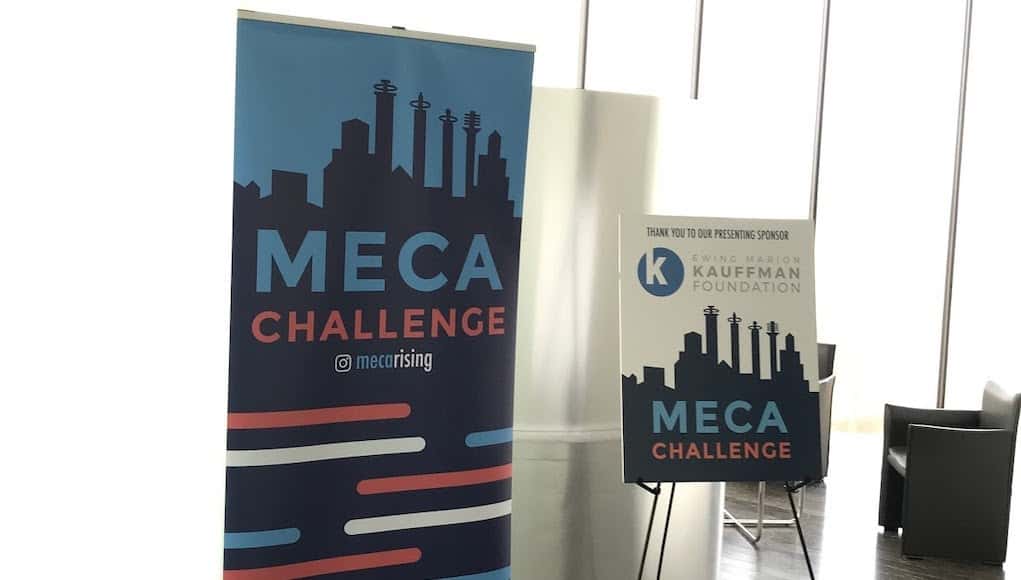
MECA Challenge (@MECARising) is a program put on by STARTLAND, a Kansas City (KC) foundation focused on making KC the Most Entrepreneurial Community in America (MECA). Each monthly MECA challenge is held in a different creative and inspiring space—on January 16, 2020, it was held at Kansas City’s Nelson-Atkins Museum of Fine Art, an impressive museum housing original artworks and historical artifacts.
How do MECA challenges work? MECA has numerous partner districts throughout the KC metro area—these districts assemble representative students and allow them to participate in design challenges where students are asked to solve a problem and participate in pitching their ideas.

The event began with a small design sprint to get the creative wheels turning, designing a quick money-making concept off of a list of disparate words. This led to the challenge for the day, which was: “How might we create a teen space at the Nelson-Atkins that becomes an engaging and impactful attraction for youth in our community?”
The coolest part? It’s a real space that has been already set aside for a “teen space”. The museum then took the students to the other end of the museum to tour the vacant space—a former exhibition hall with display cases intact, coupled with a formerly administrative office with glass doors, walls and a small kitchenette. The students started scheming immediately, flexing spacial design skills they didn’t even know they had:
“I love this skylight — what about a terrarium!”
“We should tear down this wall, more open space.”
“Sliding doors? Cool!”
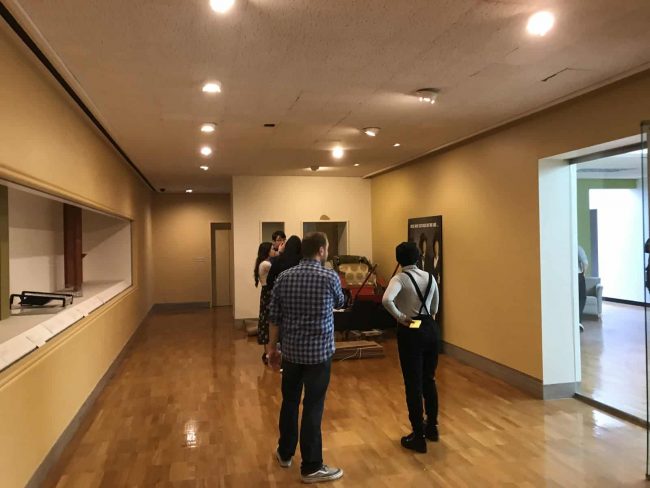
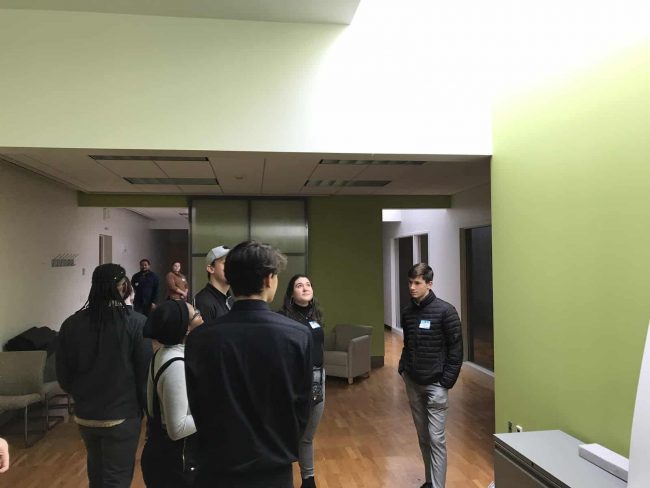
Upon returning to the workroom, students set to ideate—they had two hours to establish the problem, the solution and fit it all into a three-minute pitch deck, followed by a Q&A with the community judges (of which I was one). Each of the 10 teams was made up of between four to six students with one mentor from the KC community. They worked fast with sticky-notes, hand-drawn blueprints of the available space, pizza in hand and the sky as the limit.
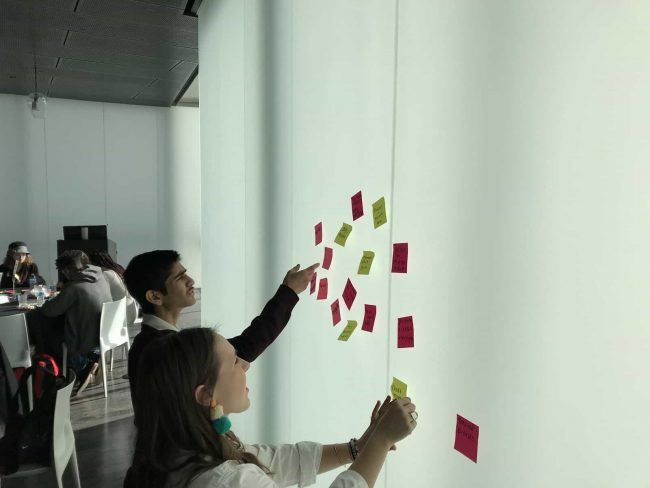
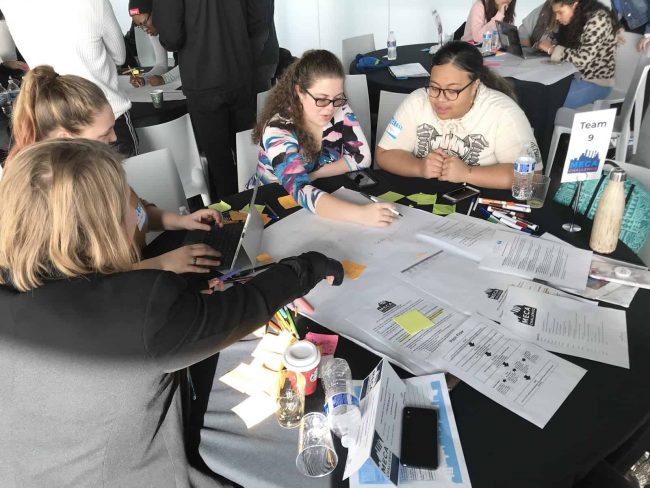

Some of the solutions? Mental health came up a lot. A majority of students were passionate about creating a safe space for real conversations created by and for teens—this manifested through quote walls, mindfulness programming, mental health expert lectures and a commitment to listening before speaking. Another idea was to create a hashtag that sourced community artwork from young people and showed the art on an electric picture frame near the front of the museum.
This idea began to touch on one of the primary obstacles: access. Students were not ignorant of the fact that getting to the museum may be difficult for many students and they continued to echo the sentiment that fine art museums made them feel “invited but not welcomed.” Many of their solutions sought to counteract this disconnect and sought to create a welcoming space that students would want to spend time in.
Some groups developed full programming concepts, ranging from a music studio to a teen run podcast, culinary arts in the kitchenette—even an engineering room. Technology and the potential for VR/AR were a consistent theme, however, more than gadgets the students simply wanted a space that they could claim as their own.
The students presented group by group, making a three-minute pitch to the room, on why their idea was the most creative and most effective for welcoming teens into the museum. They shared the spotlight effectively, navigating through well-designed slide decks with visual inspiration, maps of the available space and breakdowns of what purpose the available rooms might serve.
In the end, we had to choose a winner and we went with a group called #MyTruth. This group used the hashtag to begin to build a community of young people outside of the museum in order to reduce the friction of coming into the museum. Their emphasis on student work, anxiety-reducing surroundings and teen perspective, coupled with confident presentation skills made them the team to beat.
The focuses of MECA challenges have ranged from moonshot questions like “how would you redesign the school day?” to more tangible ones like ”redesign a room in this museum”, but the goal is always to proliferate student voice and to invest in the creativity and innovation of young people. It is an effective way to bring students and community together to act towards a common goal, learn a bit about mentoring and small businesses in KC and solve real-world problems.
Throughout the MECA challenge, the students continued to echo that what drives them crazy is when they feel ignored, not taken seriously or treated like the stereotypical teen. Many of the students painted a vivid image of a banner at a library with a teenager leaping, fist in the air—and dismissed this Breakfast Club-esque box as not representative of their experience.
It is key to have the stakeholders who will be impacted at the table—and, in many cases, those stakeholders are students. Their voice is essential to consider and one to continue welcoming, not just inviting, to the table.
For more, see:
- Solving Interesting Problems With An Entrepreneurial Mindset
- Kansas City Young Audiences: Integrating Creativity at Scale
- Kansas City High Schools Add Real-World Learning
Stay in-the-know with innovations in learning by signing up for the weekly Smart Update.
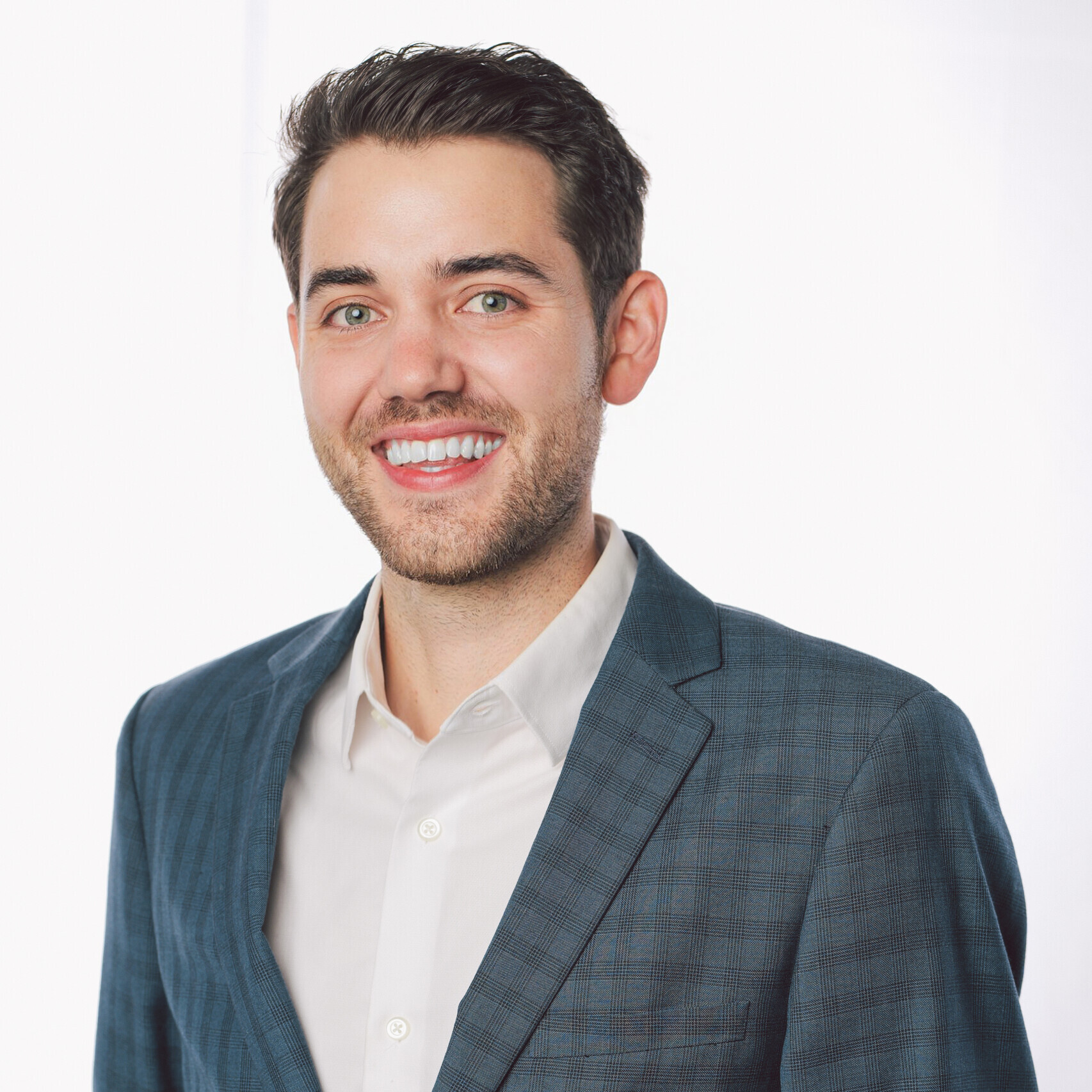


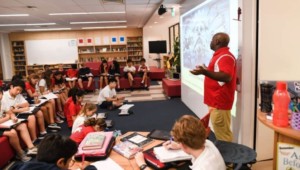

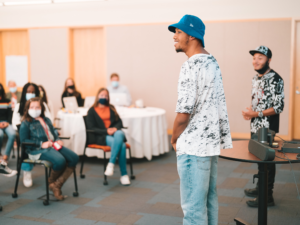
0 Comments
Leave a Comment
Your email address will not be published. All fields are required.